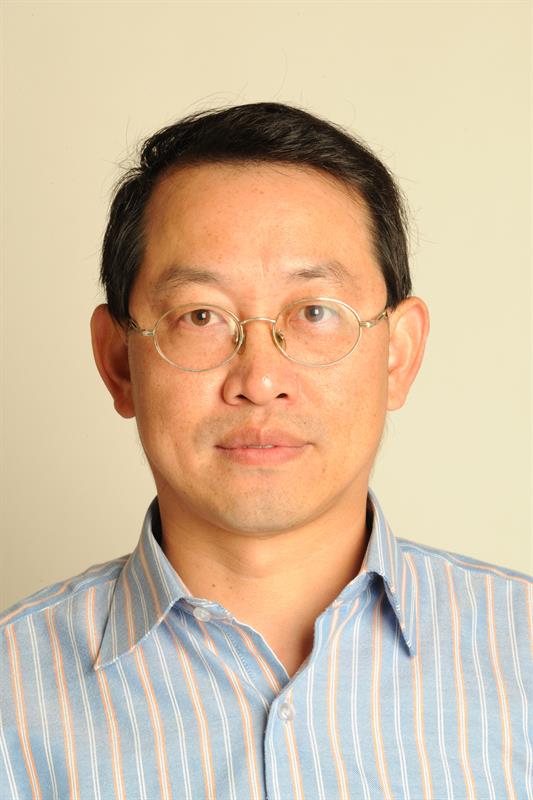Climate change is having a huge impact on our planet, and we need to act urgently. The trajectory of climate change depends upon how much we can hold down the rising global temperature. The world must collectively and rapidly reduce global emissions to Net Zero and the UK is the first major economy to launch a commitment to achieve Net Zero by 2050. The steel industry produces more CO2 than steel, contributing 6-8% of global anthropogenic CO2 emissions. In the UK, the steel industry is the second largest industry CO2 emitter.

Government, industry, and academia are collaboratively tackling the decarbonisation challenges together to develop sustainable solutions on the path to Net Zero. These collaborations to combat carbon emissions support the UK Government’s plan for a Green Industrial Revolution, and also bring new economic opportunities for emerging sectors, technologies, products and services. With particular Government objectives formed around protecting the environment through green finance, investing in carbon capture, usage and storage and driving the growth of low carbon hydrogen, the UK now looks to maintain this momentum by developing new tools and technologies, which will also help to reverse the devastating impact that COVID-19 has had on the UK economy.
Supporting the transition to Net Zero also feeds into societal recovery within the UK. In order to effectively apply these new tools and technologies in the steel industry, workers across the sector will need to be trained, retrained, upskilled and developed in ways that align to this future vision. This has the potential to elicit widespread opportunities for individuals to either progress their career or pivot into a new career.
The importance of alternative iron making technologies
Given that, in the UK, the steel industry is the second largest CO2 emitter, developing innovative ways to decarbonise the manufacturing process for this material has to be a top priority. The ability to identify new ways to melt, cast and form steel using viable alternatives to coal will be key to the success. Although the context around transportation, materials preparation and electricity consumed by the steel industry are important to consider, the ironmaking process itself emits 75% of CO2 emission in the steel manufacturing process. In order to reduce the CO2 emission in steel manufacturing, the key is to reduce CO2 emissions in the ironmaking step.
The conventional ironmaking process relies on fossil fuel-based blast furnace technology, which is energy intensive but very effective. However, its fuel efficiency is circa 25% below the theoretical limit. So alternative ironmaking technologies offer practical ways to reduce CO2 emissions in the sector.
The viable alternatives, different from conventional blast furnace technology, use renewable/clean fuels such as biomass or hydrogen to replace the usage of the fossil fuel coal. In order to accelerate the development of alternative technologies, optimise the use of fuels that are renewable and support sustainability, investment must be made to enable fundamental research through academic institutions and industry trials.
Using scrap as raw materials to generate steel
Every year, up to 9 million tonnes of UK steel scrap is exported, which makes up 80% of the total scrap material in the country. This volume of material export leaves a reliance on importing virgin materials, including lots of iron ore and coal to make steel in the UK. This import process generates lots of CO2. Currently the UK produces 7.5 million tonnes of crude steel, 5.7 Mt of which is produced using imported virgin materials (iron ores and metallurgical coals) at the CO2 emission rate of 1.9t CO2 per ton of crude steel.
It is clear that there is a huge opportunity in the UK to utilise scrap materials better to take the strain off the volume of virgin materials imported, reduce the carbon emissions associated with that process and implement a more circular supply chain for steel and UK manufacturing. At WMG, we are working in this area with academia, industry and Research and Technology Organisations (RTOs) to develop ways of utilising scrap more efficiently.
The scrap-based electric arc furnace steelmaking process eliminates the most CO2 emitting steps within the ironmaking process, so it can significantly reduce CO2 emissions by at least two thirds and energy consumption by at least 50%. By combining renewable energy generated electricity, the CO2 emissions in making steel can be near zero.
In addition to the huge environmental benefits that this alternative process brings, also tackling emissions through the reduced international transport of virgin materials, scrap and steel products, if successfully adopted this would also help maintain jobs, grow the economy and support the UK’s industrial recovery from the COVID-19 pandemic.
| Research on alternative ironmaking including using biomass and hydrogen ironmaking is funded by EPSRC Manufacturing Fellowship and SUSTAIN Hub, and industry direct funding (Tata Steel Nederland Technology B.V.). Scrap utilisation is funded by EPSRC standard grant, SUSTAIN Hub, CircularMetal (Circular Economy Centre), Prosperity Partnerships, DEFRA, and the UK steel industry. Find out more about WMG’s Steel Research here. |










